At the crack of dawn on a foggy, Sunday morning, Victor and I woke up to our alarm in Bath, England. It was time for a monumental moment: Stonehenge. We quickly left our Airbnb and got into our rental car, set straight for Amesbury. After an hour of driving through the English countryside, the parking lot of the visitor centre emerged.
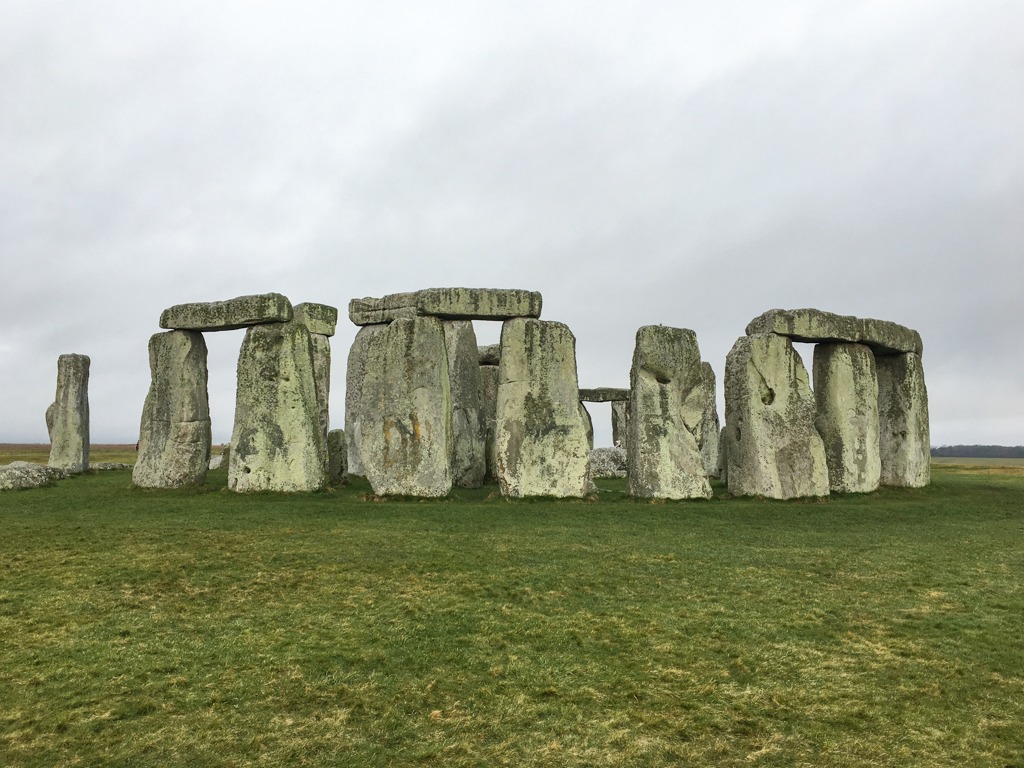
Stonehenge
Yes, Stonehenge, that great circle of rocks imprinted into everyone’s minds. When I first started looking into how to visit Stonehenge, I came across two challenges. First of all, Stonehenge is not in a town per se, so there’s no public transportation. This led us to the decision to rent a car and use that excuse to explore Bath the day before.
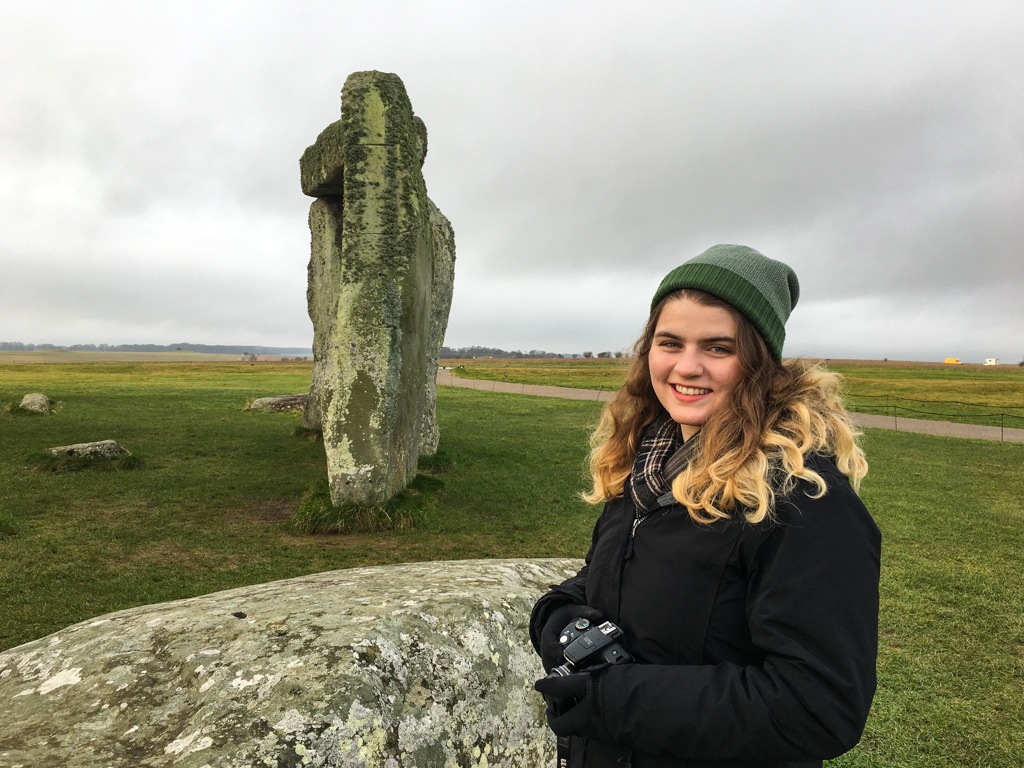 The second issue is that if you visit Stonehenge as a regular visitor, you only get to see the monument from afar. The closest you can get is about 10 meters (32 feet) from the circle. I knew this would mean Stonehenge would appear underwhelming. After some research, I found out about the Stone Circle Access tickets. Stone Circle Access visits take place outside the normal opening times at Stonehenge, and are very early in the morning or late in the evening. Each visit lasts for one hour, with a maximum of 30 people within the stones per session. This is exactly what I had envisioned! So, I requested a visit back in September 2017 and got a spot for February 2018. Hence, this trip was born!
The second issue is that if you visit Stonehenge as a regular visitor, you only get to see the monument from afar. The closest you can get is about 10 meters (32 feet) from the circle. I knew this would mean Stonehenge would appear underwhelming. After some research, I found out about the Stone Circle Access tickets. Stone Circle Access visits take place outside the normal opening times at Stonehenge, and are very early in the morning or late in the evening. Each visit lasts for one hour, with a maximum of 30 people within the stones per session. This is exactly what I had envisioned! So, I requested a visit back in September 2017 and got a spot for February 2018. Hence, this trip was born!
Once you get to the visitor’s centre, you load up on a bus and head to the actual site. The sun was barely rising and here I am, wandering amongst the stones.
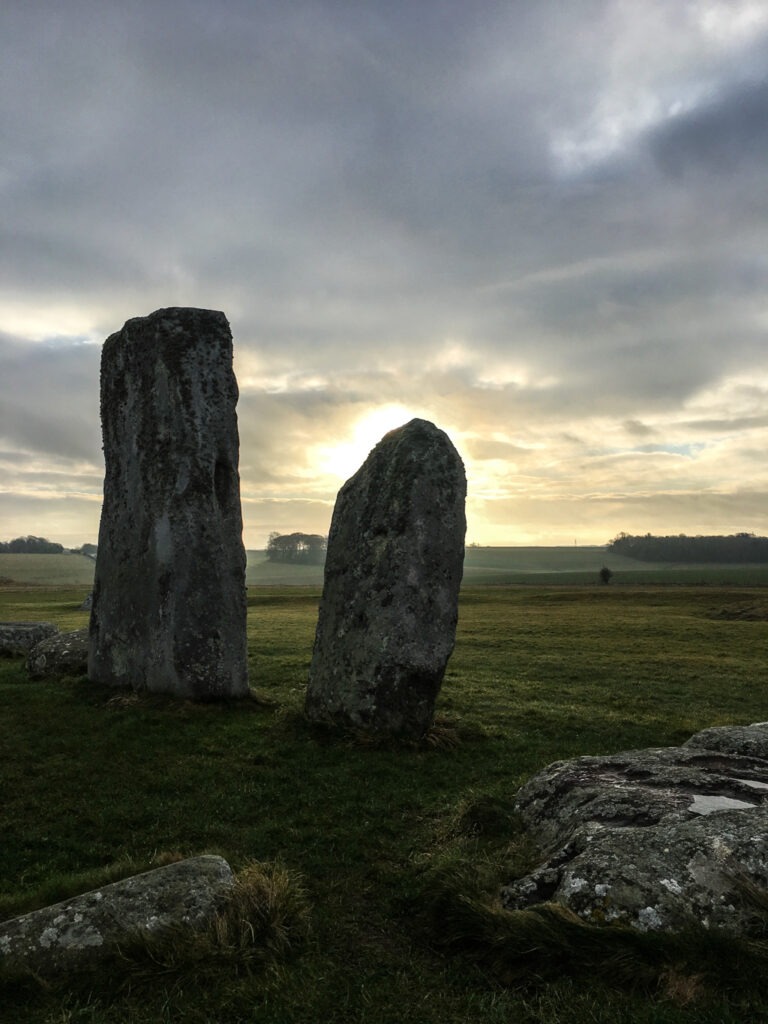
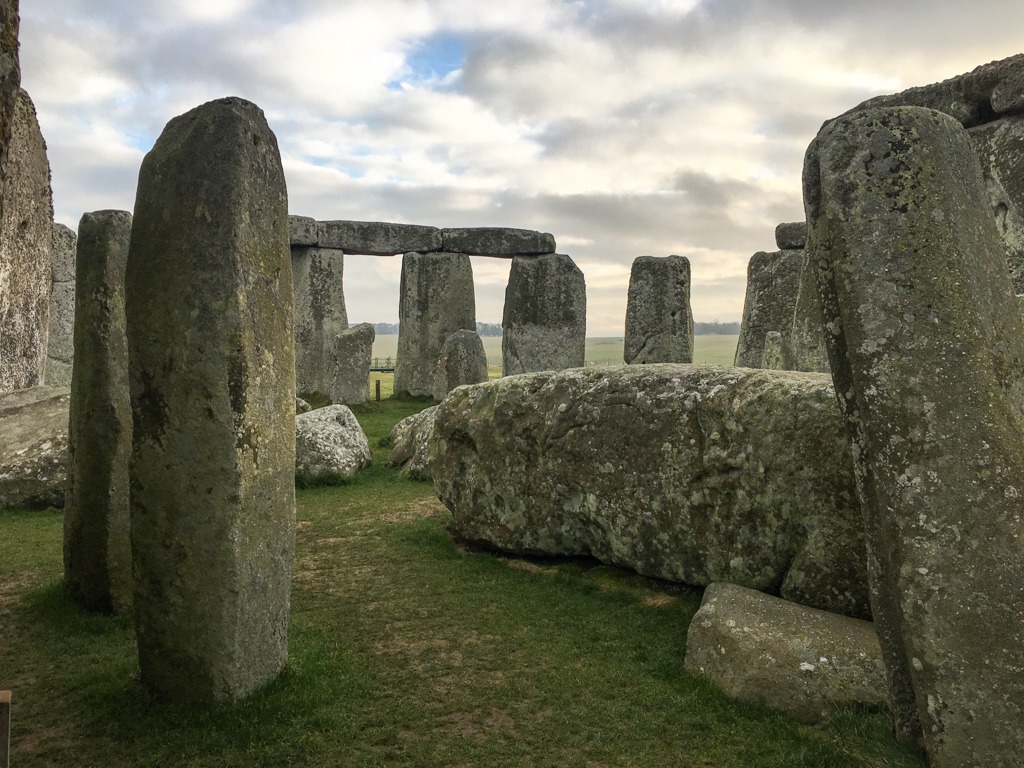 Stonehenge may just look like a bunch of toppled rocks, but the feeling of walking in the midst of ancient history is indescribable. I’m not sure what Victor was expecting, but I know he ended up thoroughly enjoying it. This is definitely one for the books. Indeed, everything felt so epic.
Stonehenge may just look like a bunch of toppled rocks, but the feeling of walking in the midst of ancient history is indescribable. I’m not sure what Victor was expecting, but I know he ended up thoroughly enjoying it. This is definitely one for the books. Indeed, everything felt so epic.
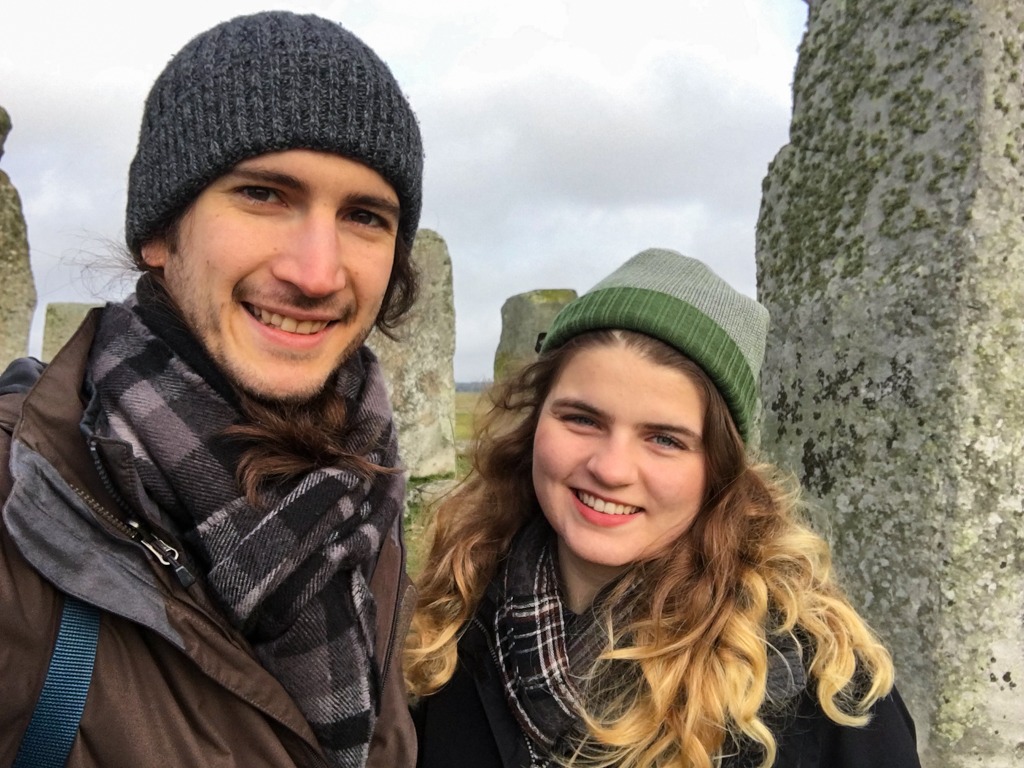
Winchester
I’m not sure how you can top an experience like Stonehenge, but we continued anyway with our little weekend trip. We made our way back east towards London and decided to schedule in one more stop: Winchester. This sleepy, provincial town is famous for two things: its Cathedral and a certain table.
But first, lunch! I wanted to treat us to a really nice lunch as this area of England is renowned for its gourmet restaurants. I chose the Chesil Rectory, an English restaurant occupying a 600 year old Medieval house.

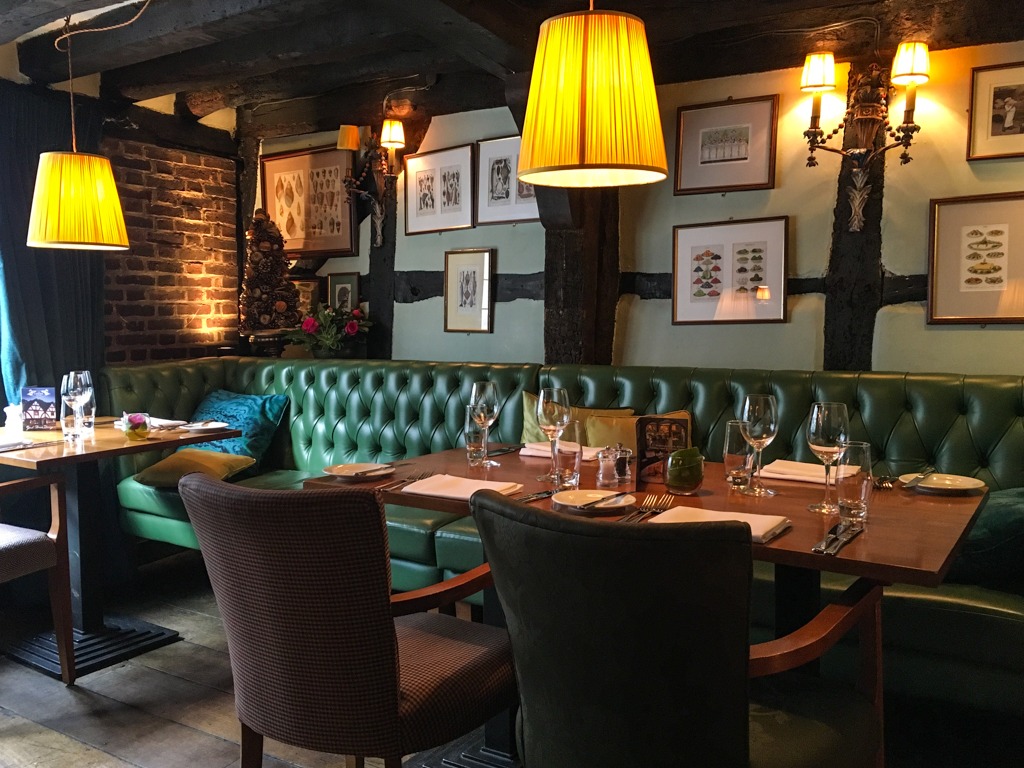 As for the food, it was all delicious. The menu rotates depending on the season (pinch me!), but this time around Victor had the black pudding and I had a blue cheese salad. Both were divine. For our mains, the vegetarian option is a risotto, made up of butternut squash, Old Winchester cheese, and loads of marjoram butter. Oh man, just thinking about all that butter makes me want to drive over there and eat it all over again!
As for the food, it was all delicious. The menu rotates depending on the season (pinch me!), but this time around Victor had the black pudding and I had a blue cheese salad. Both were divine. For our mains, the vegetarian option is a risotto, made up of butternut squash, Old Winchester cheese, and loads of marjoram butter. Oh man, just thinking about all that butter makes me want to drive over there and eat it all over again!
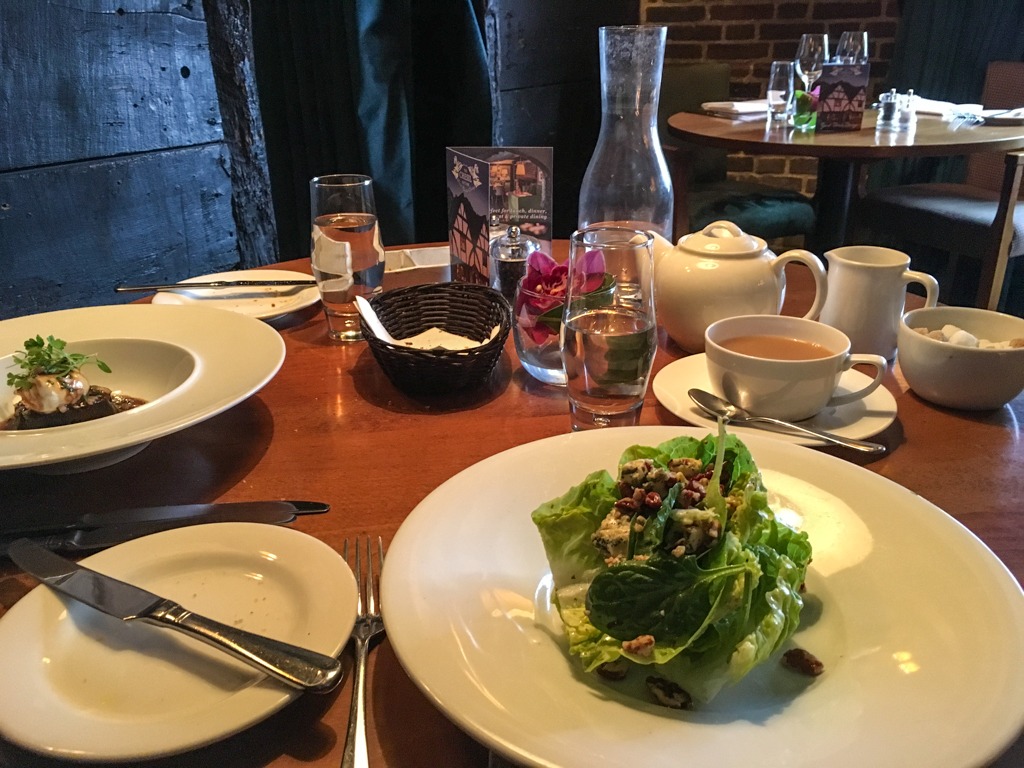
 After a wonderfully satisfying lunch, we started out our list of things to visit. One such sight is the Winchester Cathedral. The Cathedral is famous for many reasons. Winchester was the capital of the Kingdom of England for over 100 years before the capital was moved to London. Therefore, Winchester was quite important for the Royal Family. Many important events occurred at the Cathedral, including the marriage of Queen Mary I of England (aka Bloody Mary) and King Philip II of Spain, and the second coronation of Richard I of England (aka Richard the Lionheart).
After a wonderfully satisfying lunch, we started out our list of things to visit. One such sight is the Winchester Cathedral. The Cathedral is famous for many reasons. Winchester was the capital of the Kingdom of England for over 100 years before the capital was moved to London. Therefore, Winchester was quite important for the Royal Family. Many important events occurred at the Cathedral, including the marriage of Queen Mary I of England (aka Bloody Mary) and King Philip II of Spain, and the second coronation of Richard I of England (aka Richard the Lionheart).
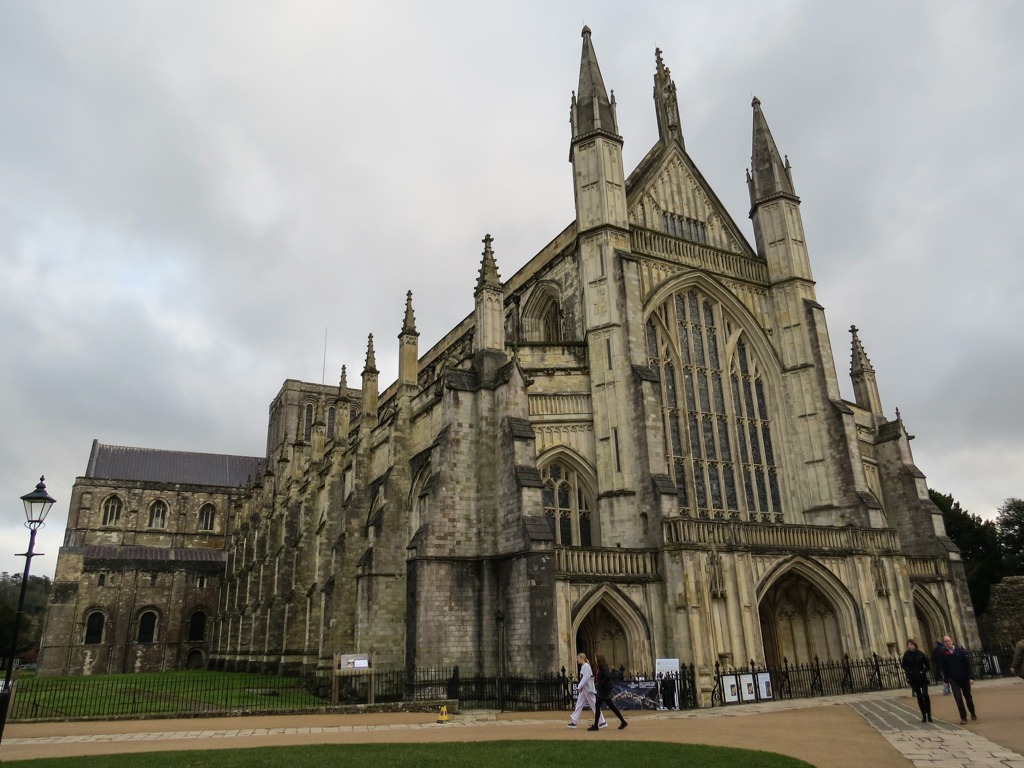
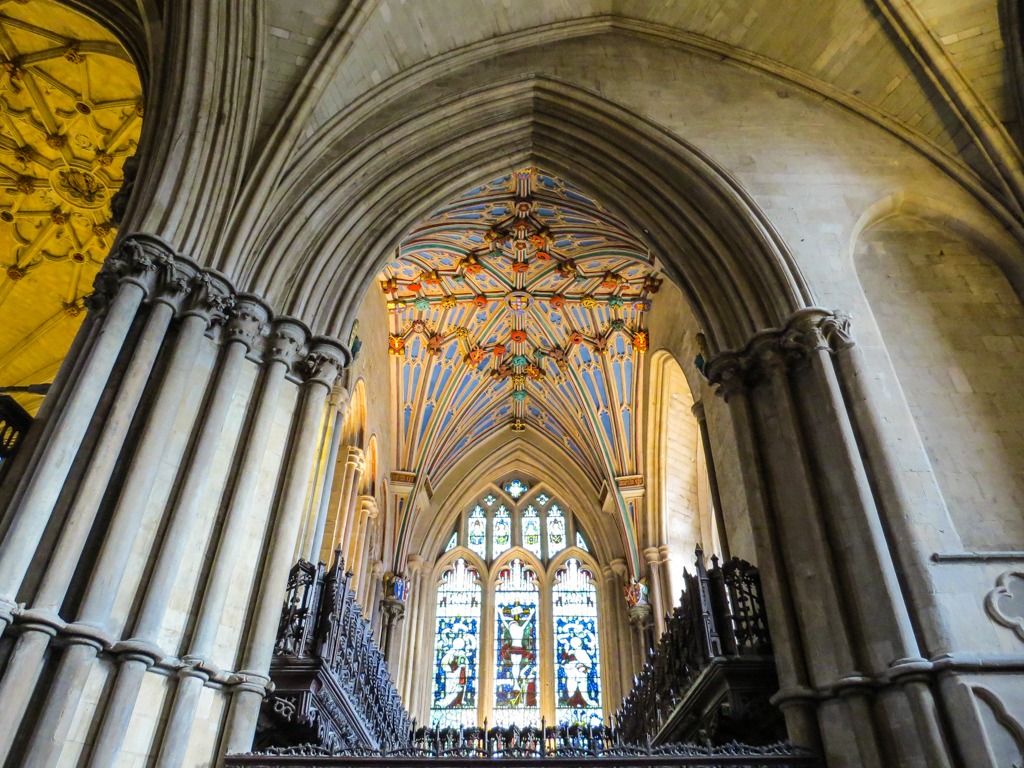
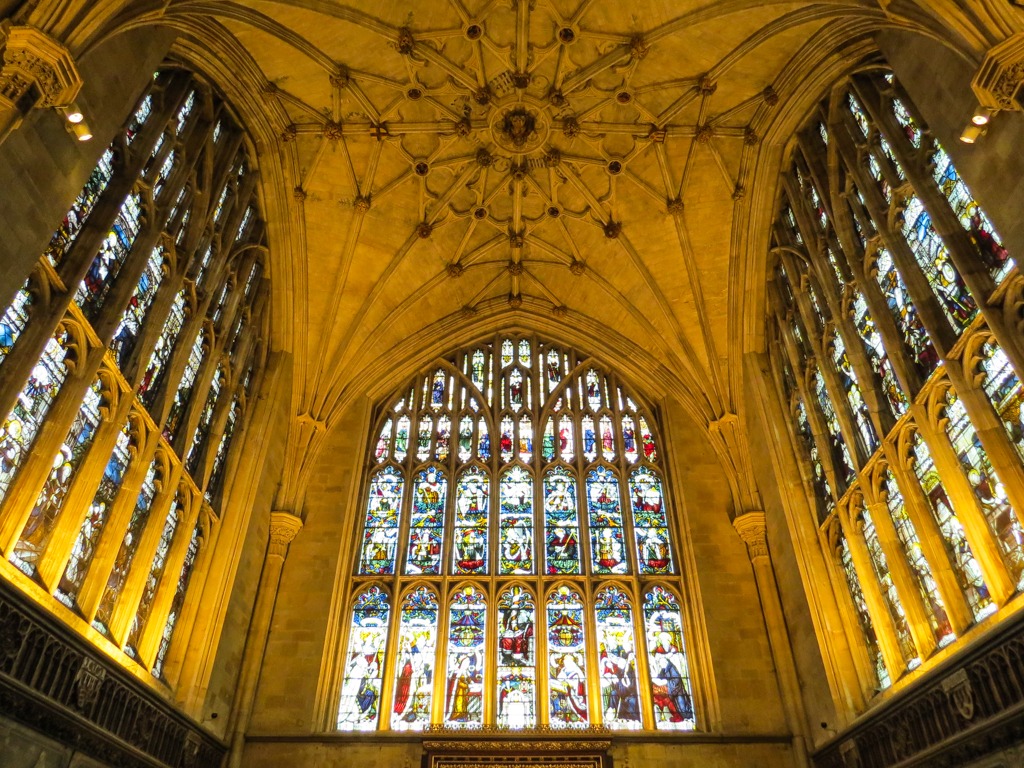 It is also the longest Gothic cathedral in all of Europe, which you’ll quickly notice as you walk down the aisles.
It is also the longest Gothic cathedral in all of Europe, which you’ll quickly notice as you walk down the aisles.
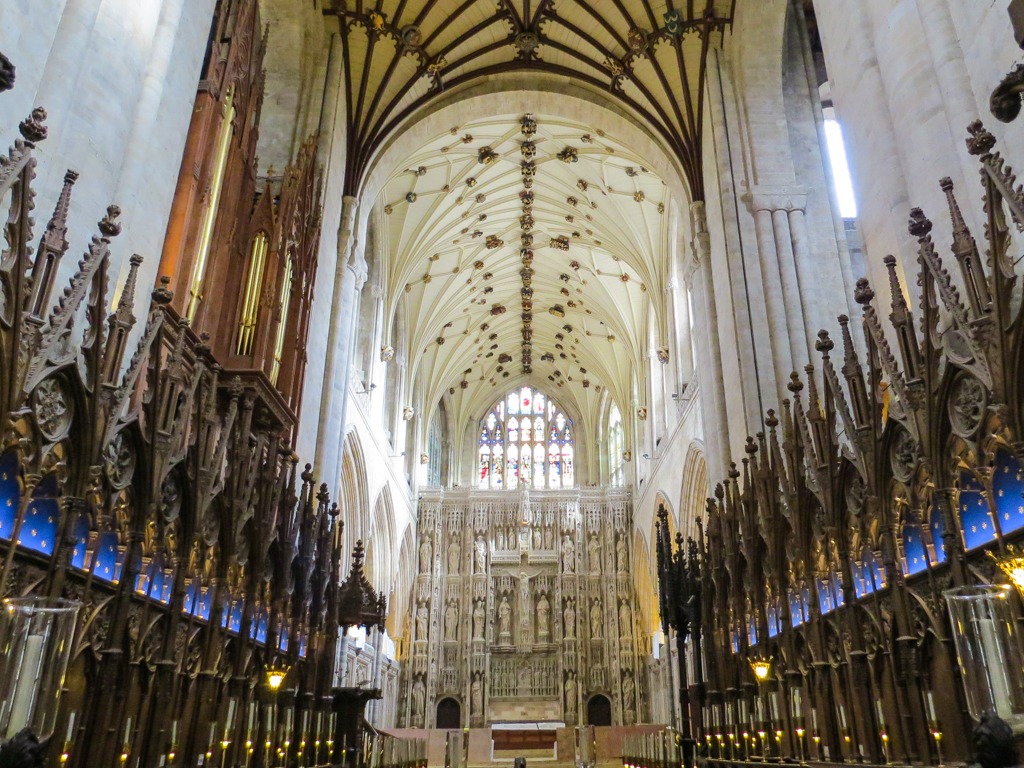
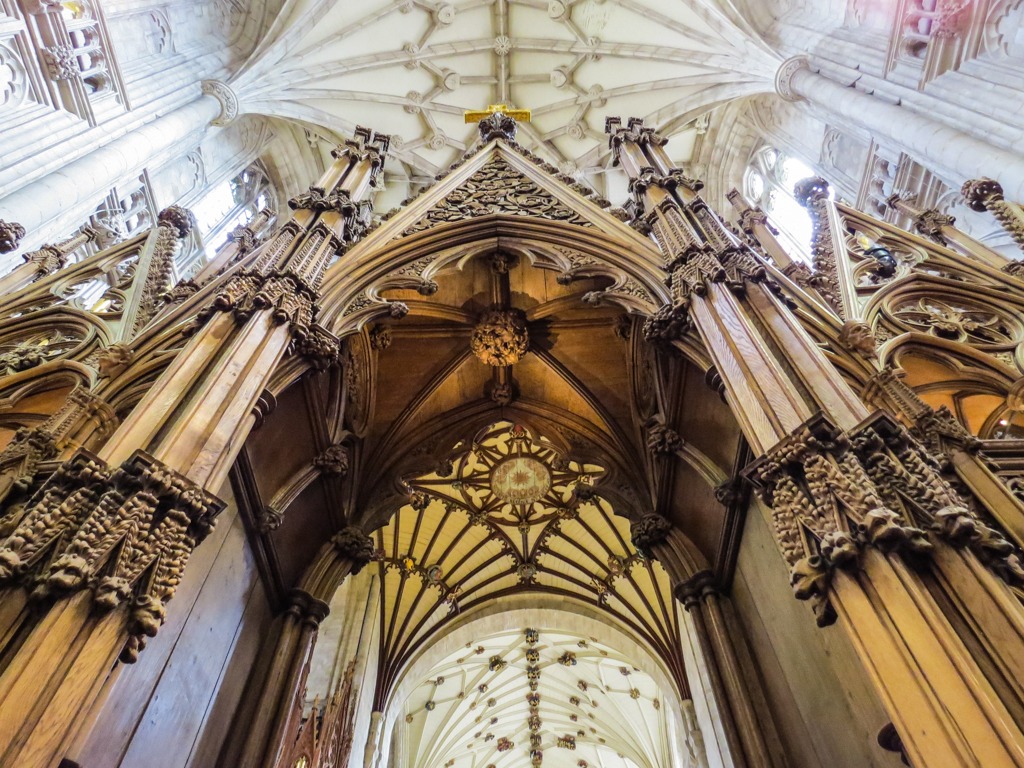 Jane Austen is buried here, which prompted me looking into Jane’s connection with Winchester. It turns out that Jane spent most of her life in the county of Hampshire. She was born in Steventon, a town about 30 minutes north of Winchester. After living in Bath and Southampton, she moved to Crawton (30 minutes east of Winchester) with her sister Cassandra. Unfortunately, this is where Jane started to become very ill. As her condition worsened, Cassandra and Jane went to Winchester to seek help. They took up lodgings near the Winchester Cathedral, a building Jane greatly admired. She died soon after. Her fame increased exponentially after her death and so visitors have come to the Cathedral to stand by Jane’s grave. It is a testament to her influence and talent.
Jane Austen is buried here, which prompted me looking into Jane’s connection with Winchester. It turns out that Jane spent most of her life in the county of Hampshire. She was born in Steventon, a town about 30 minutes north of Winchester. After living in Bath and Southampton, she moved to Crawton (30 minutes east of Winchester) with her sister Cassandra. Unfortunately, this is where Jane started to become very ill. As her condition worsened, Cassandra and Jane went to Winchester to seek help. They took up lodgings near the Winchester Cathedral, a building Jane greatly admired. She died soon after. Her fame increased exponentially after her death and so visitors have come to the Cathedral to stand by Jane’s grave. It is a testament to her influence and talent.
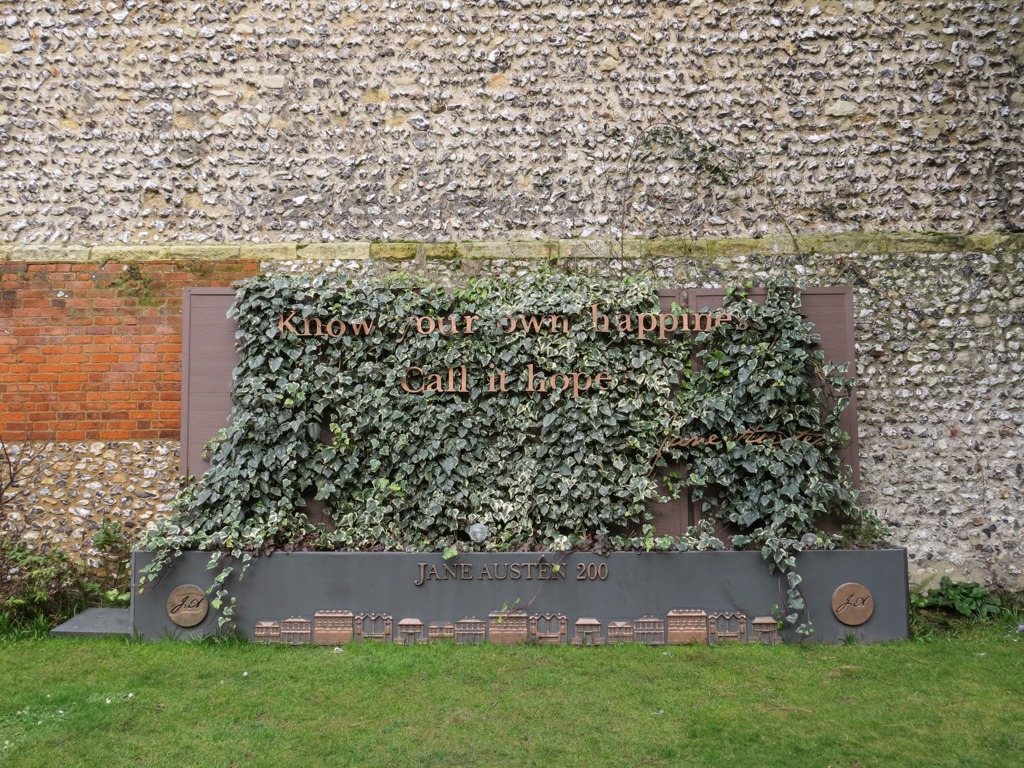
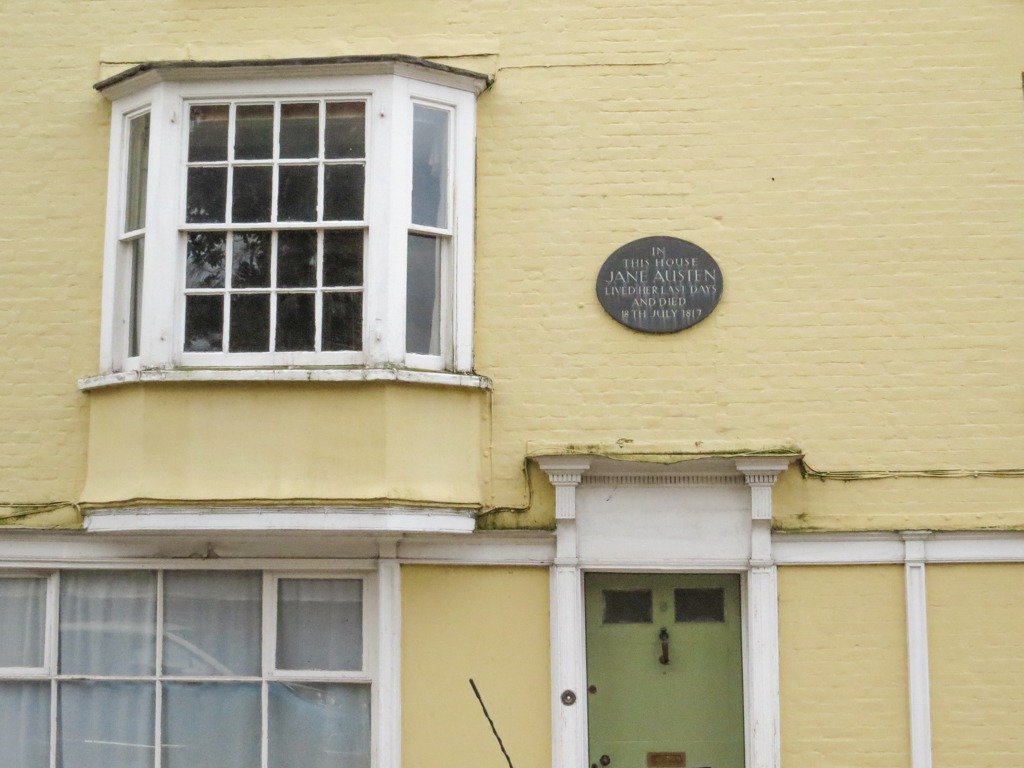 After a visit to the Cathedral, it was finally time to visit that table I mentioned earlier. Ever heard of King Arthur and the Knights of the Round Table? Well, the mythical table is supposedly the table hanging in the Great Hall, the only thing left of Winchester Castle.
After a visit to the Cathedral, it was finally time to visit that table I mentioned earlier. Ever heard of King Arthur and the Knights of the Round Table? Well, the mythical table is supposedly the table hanging in the Great Hall, the only thing left of Winchester Castle.
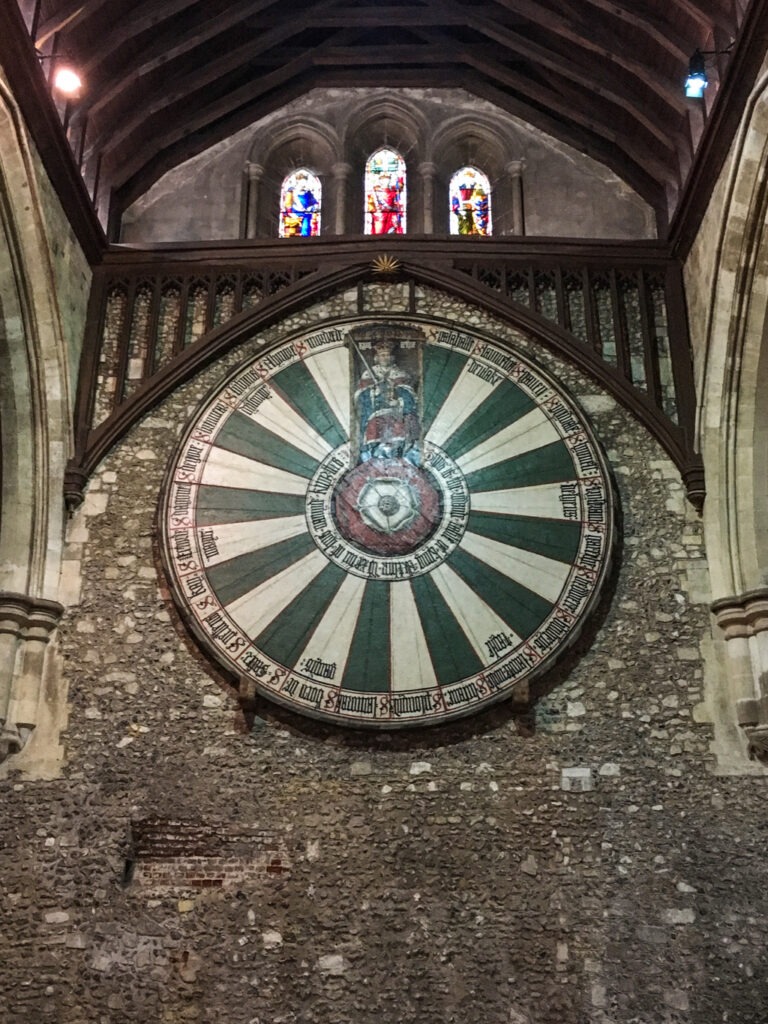
Yes, in the Middle Ages author Sir Thomas Malory identified Winchester as the mythical home of Camelot and King Arthur in Le Morte d’Arthur, his collection of medieval legends about the Arthurian myths. Though this myth has been disputed several times, it doesn’t change the fact that such a tale influences Winchester. You can feel the mysticism all around, whether in the Great Hall or the numerous ruins across the town. It truly feels like you are stepping back in time.
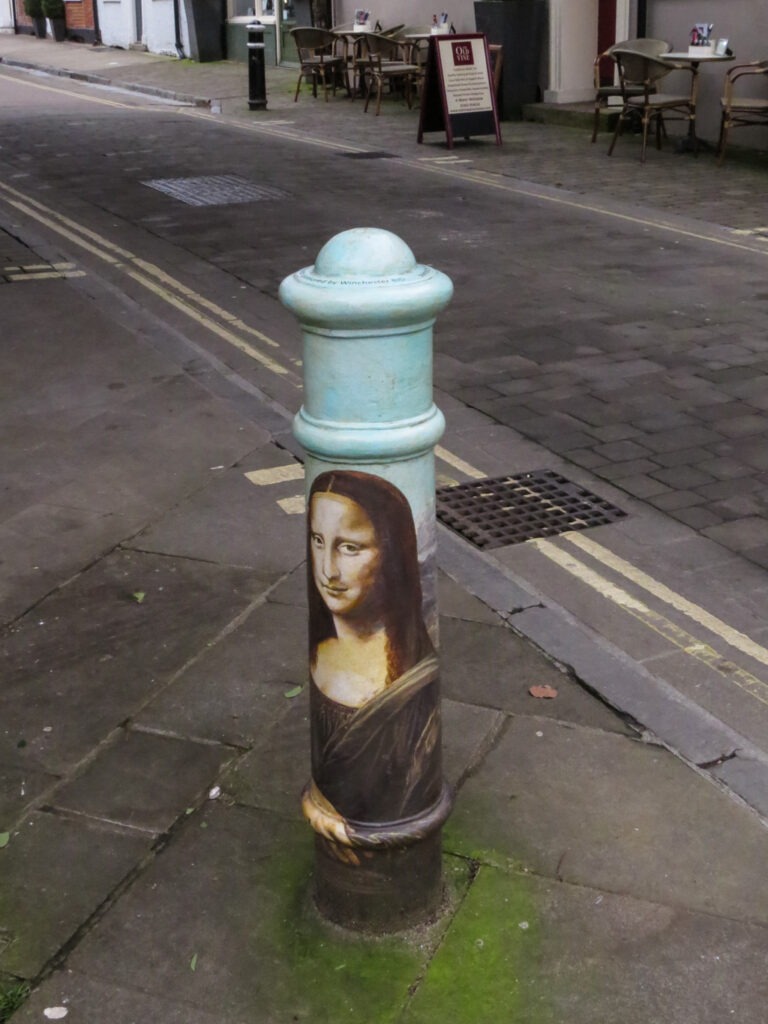
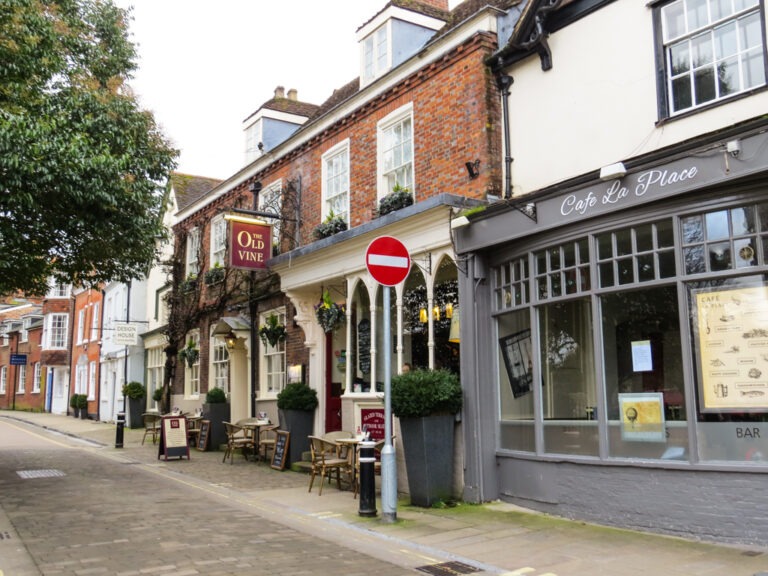
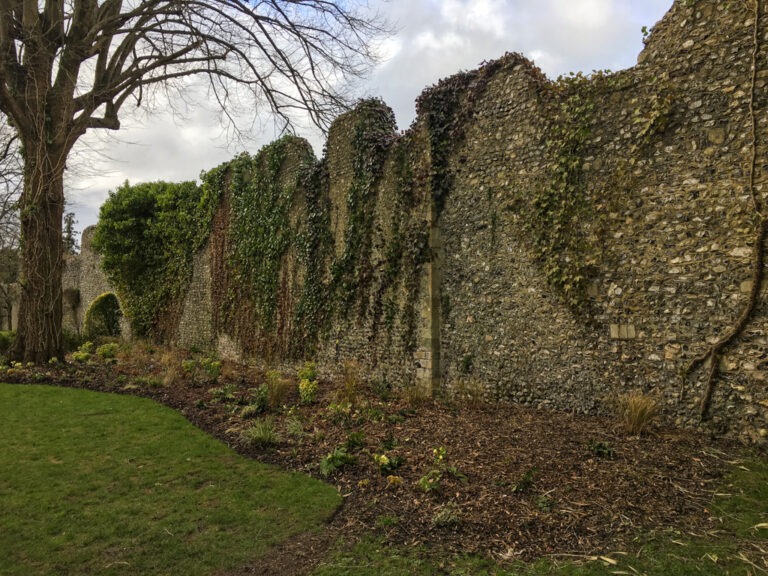
We spent the rest of the day running into these ruins and cute, little shops. It was a Sunday so things were a bit quiet, but locals were out and about enjoying their tea or coffee in cafes. The town has a quintessential charm, with its narrow, cobbled streets and its preserved, Medieval houses. It is also charming because the town surrounds the River Itchen. It is no wonder, then, why in March 2016, Winchester was named as the best place to live in Britain by the “Sunday Times Best Places To Live” guide. It’s easy to be enchanted by this little town!
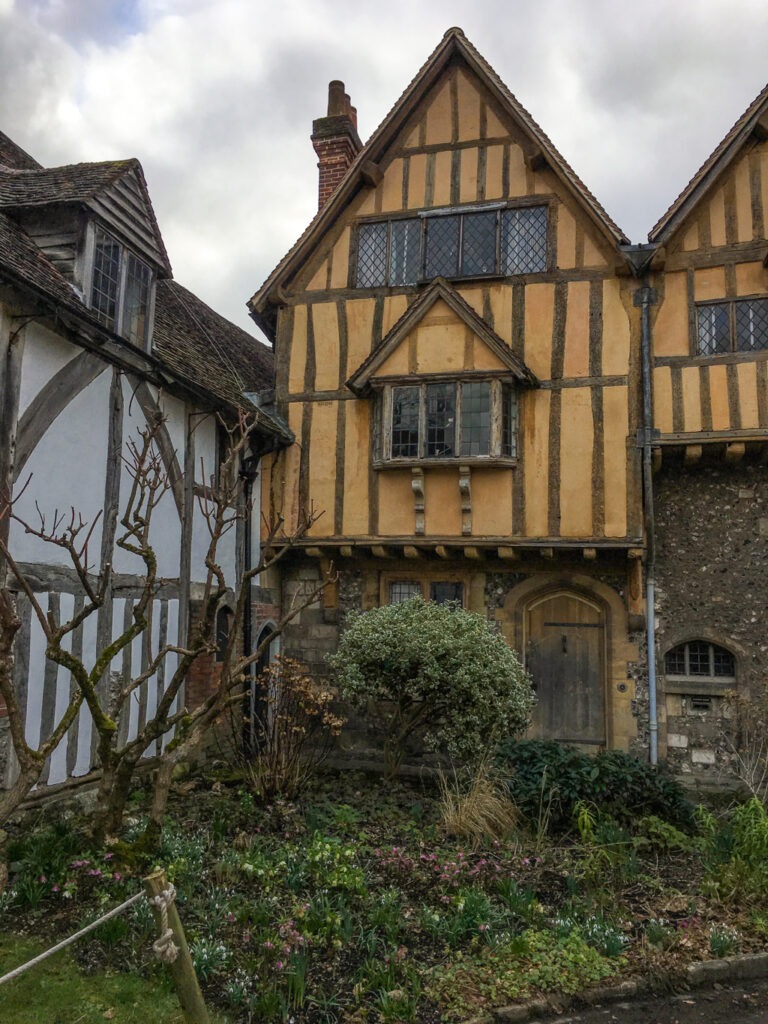
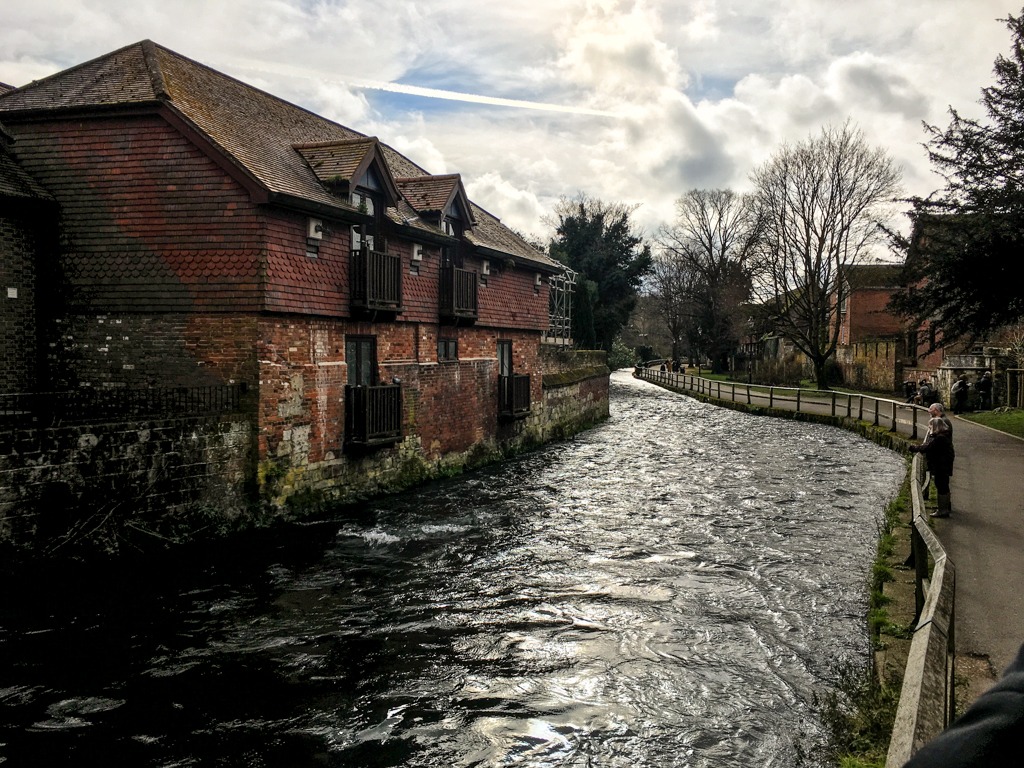
Wow, what a bucket list kind of day. I’m already planning my next UK road trip!

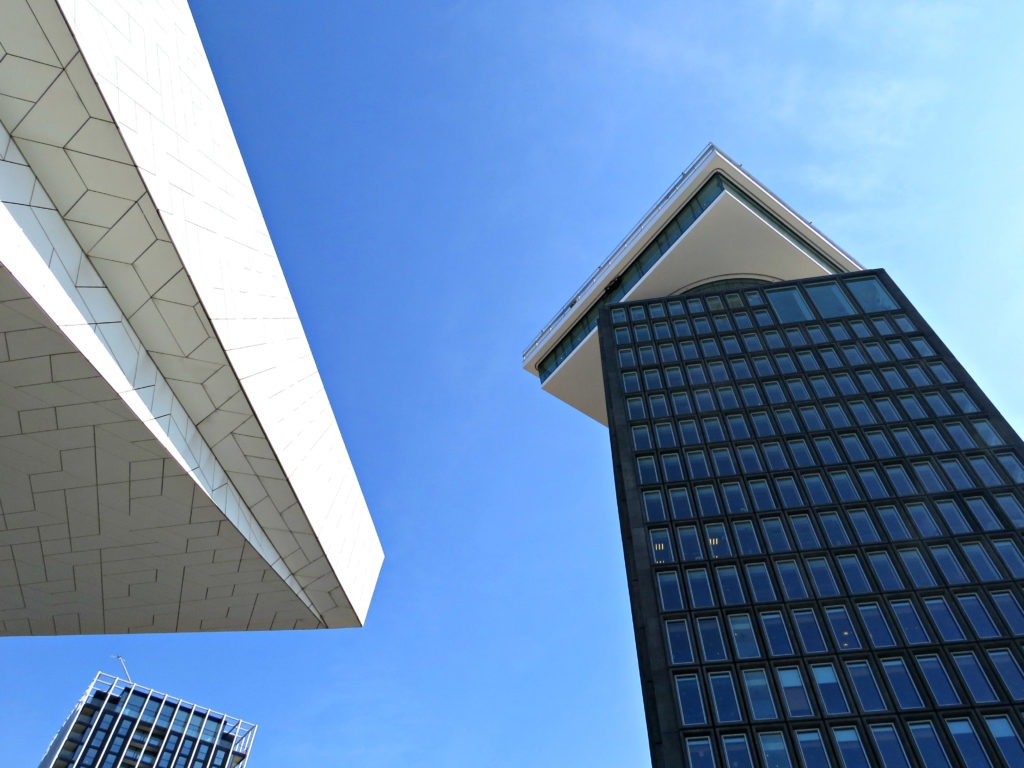
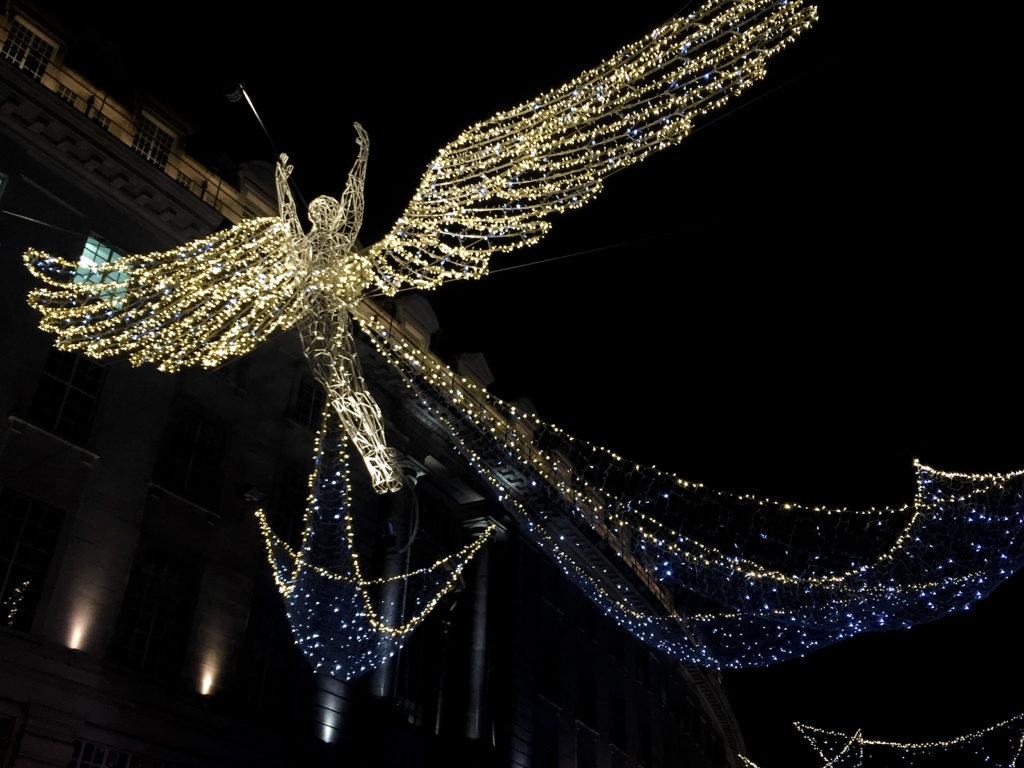

No Comments